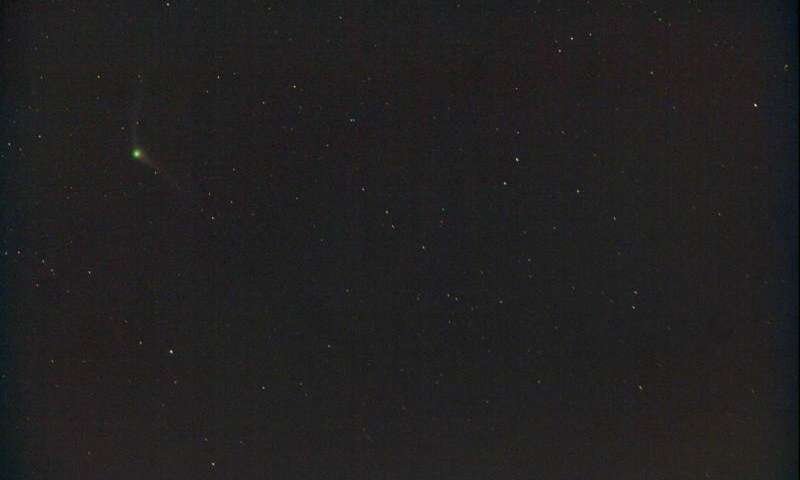
"Very difficult observation on this one. (I observed) it visually with the 35mm Panoptic ocular. It was a round, slightly condensed object with no sign of the twin tails that show up in the images. After five minutes, we lost it visually as it was 2° degrees up in bright twilight. Images show it for a longer time and a beautiful emerald green head with two tails forming a Y shaped fan."Schur estimated the comet's brightness at around magnitude +6. What appears to be the dust tail extends to the lower right (southeast) with a narrower ion tail pointing north. With its twin tails, I'm reminded of a soaring eagle or perhaps a turkey vulture rocking back and forth on its wings. While they scavenge for food, Catalina soaks up sunlight.
I also headed out before dawn for a look. After a failed attempt to spot the new visitor on Saturday, I headed down to the Lake Superior shoreline at 5:30 a.m. today and waited until the comet rose above the murk. Using 7×50 binoculars in a similar narrow observing window, I could barely detect it as a small, fuzzy spot 2.5° south of 4th magnitude Lambda Virginis at 5:50 a.m. 10 minutes after the start of astronomical twilight. The camera did better!
With the comet climbing about 1° per day, seeing conditions and viewing time will continue to improve. The key to seeing it is finding a location with an unobstructed view to the southeast—that's why I chose the lake—and getting out while it's still dark to allow time to identify the star field and be ready when the comet rises to greet your gaze.
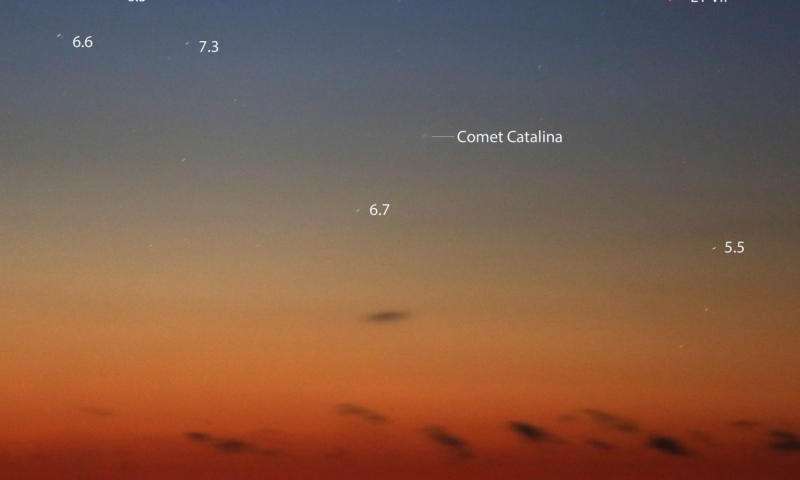
"Since the comet is on the far side of the sun as seen from Earth, with the typical dust tail lagging behind, that would seem to create the somewhat strange direction. It (the tail) almost seems to be directed toward the Sun, but it's a perspective effect."
Comment: It seems more likely than this was an electric discharge event. Read Earth Changes and the Human Cosmic Connection: The Secret History of the World - Book 3 by Pierre Lescaudron for a more comprehensive and clearer explication of such phenomena and other closely related topics.
There were side benefits to getting up early today. Three bright planets lit up Leo's tail and Virgo's "Cup" and a magnificent display of zodiacal light rose from the lake to encompass not only the comet but all the planets as well.
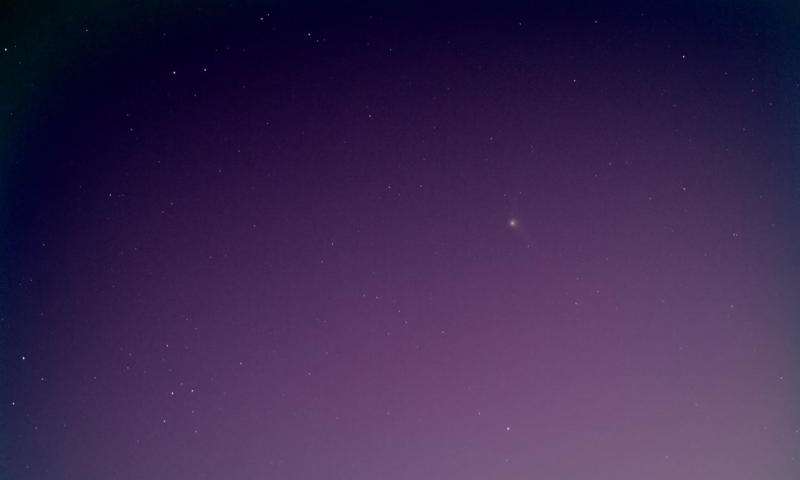
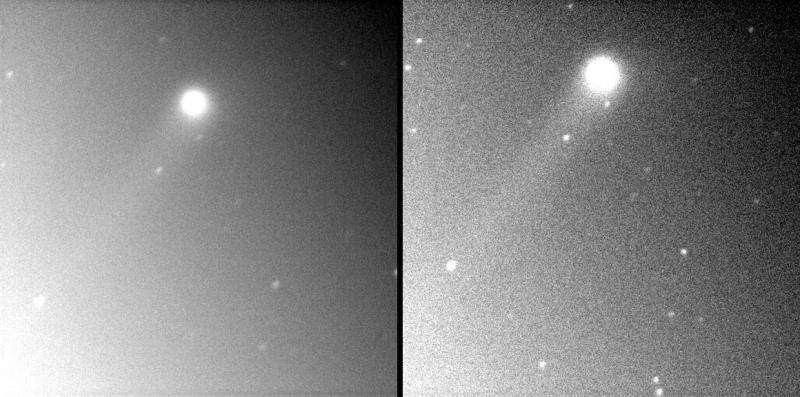
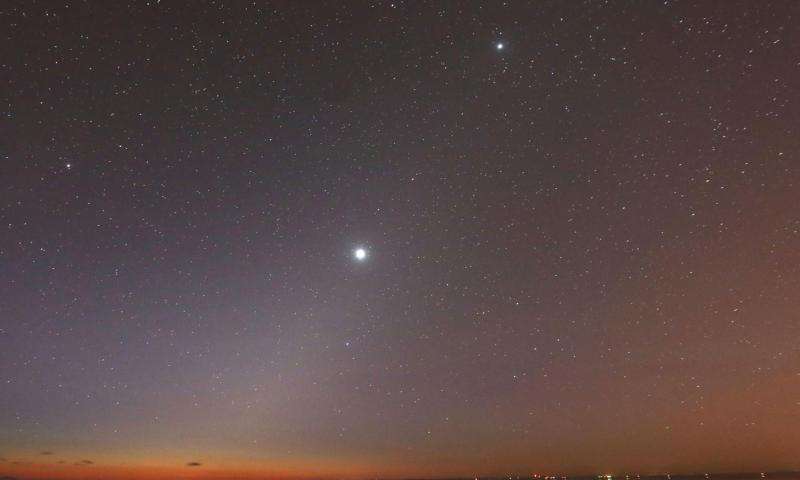



Near Perfect 120 Degree arc angle indicates likely atmosphere-caused optical refractory 'illusion' or similar effect. (The one pointing away from the sun is the real one.) I doubt electric discharge effect caused by another body, which would be not nearly as likely to be at an obvious and clean geometrical position relative to the primary tail. I'd bet (honest) pics from satellites (no atmosphere) won't show that second, near mirror image tail. (E.g., Notice how both appear - once together - to have a look like two of three airplane propellers.)
Likewise, see also Sott's recent article of the pictures of three (apparent) suns rising at Chelyabinsk, at: [Link] . There they are - as always, (I believe) - set at exactly 180 degrees on either side of the sun, again due to atmospheric interference and the refraction that occurs when light passes from one medium to another, changing its angle, etc. (If you look closely, you'll see a fourth sun trying to peek out at the exact 90 degree point between the two 'apparent' suns/sun-dogs.
FYI (as I've always loved rainbows) note also how primary vs. secondary rainbows are found at set and specific angles opposite the sun.(42 & 51 degrees, respectively .- yes, I had to look up those specific degrees. ) Moreover, next time you see a double rainbow, notice how the second's colors are inverted from the first. This is because primary rainbows involve sunlight twice refracting while bouncing off the back of water droplets only one time, while secondary bounce off twice, yielding a mirror (inverted) image. (For a good discussion, see: http://hyperphysics.phy-astr.gsu.edu/hbase/atmos/rbowpath.html)
R.C.